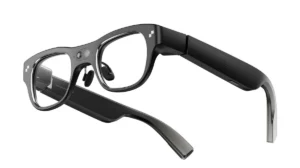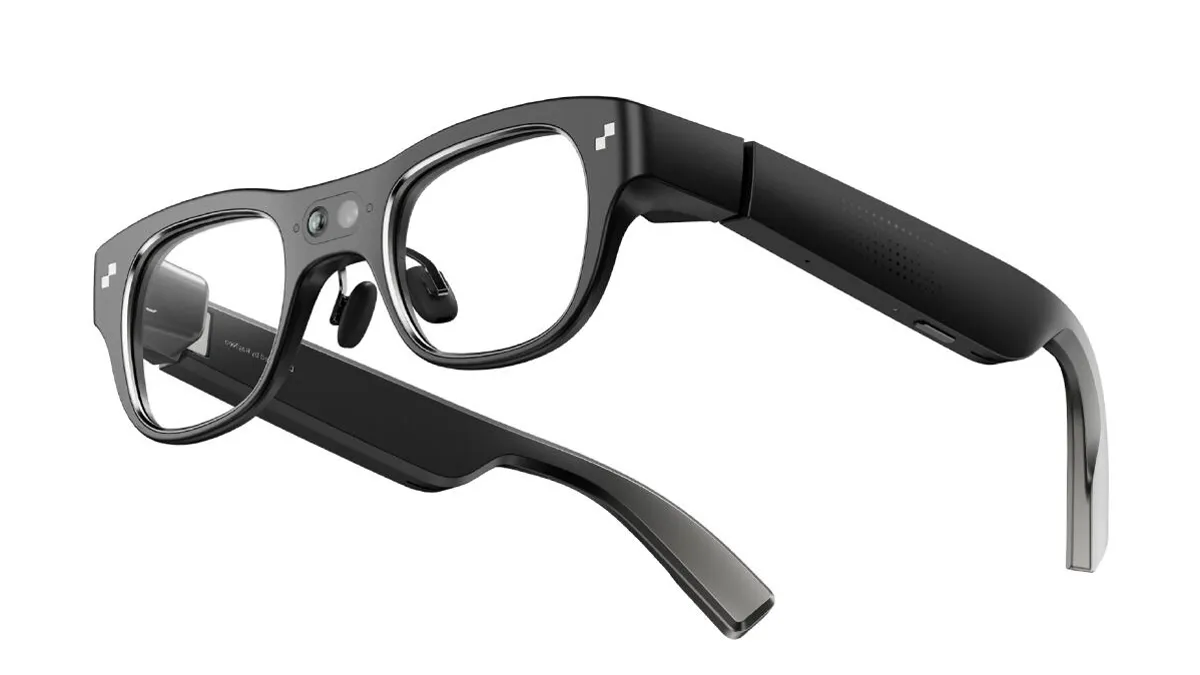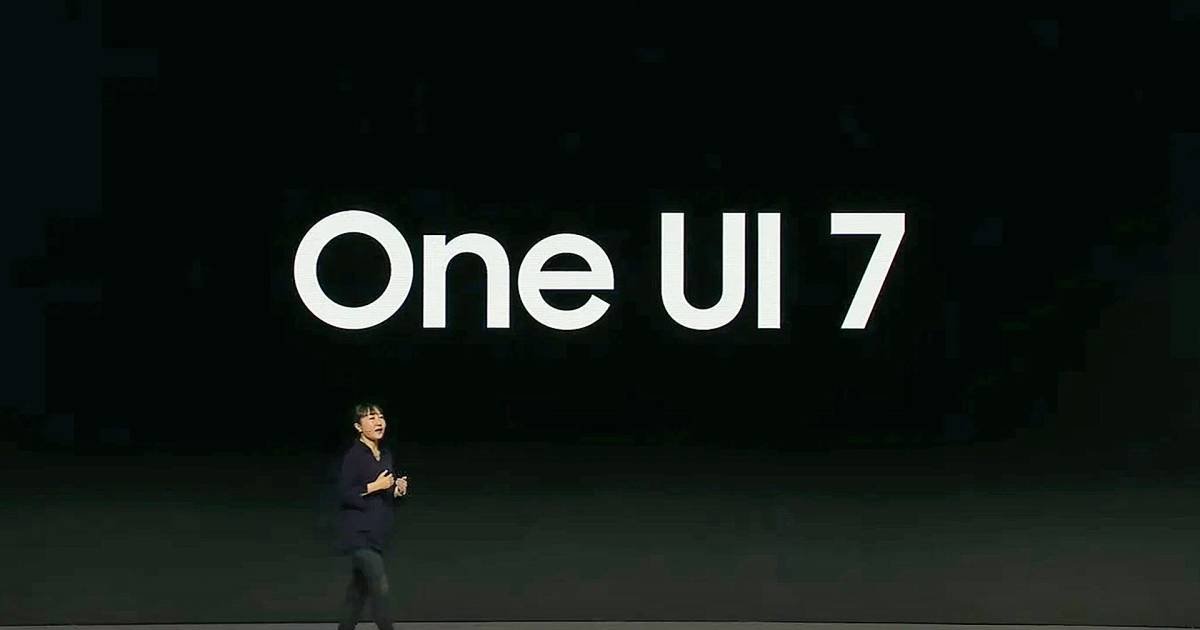Virtual reality (VR) sickness, a form of motion sickness experienced in immersive environments, remains an obstacle for the widespread adoption of VR technology. However, a new study offers promising findings – it suggests that operating VR headsets at a refresh rate of 120 frames per second (fps) could significantly minimize the discomfort and nausea associated with VR usage.
Key Highlights
- Reduced VR sickness: Higher refresh rates could make VR experiences more comfortable.
- 120fps is the critical point: The study pinpoints 120fps as an important performance target.
- The science behind it: Researchers link reduced lag and smoother visuals to less sickness.
- Wider VR appeal: This could expand VR’s reach for gaming and other applications.
The Importance of Frame Rates
Frame rate, measured in frames per second (fps), is the number of still images a display shows every second to create the illusion of motion. A long-standing issue in VR has been that even with high-performance headsets, users may still experience nausea, headaches, and dizziness. These symptoms stem from a mismatch between what your eyes see within the virtual environment and what your body senses.
The Problem of VR Sickness
VR sickness arises from a mismatch between what your eyes see within the virtual environment and the signals your body receives regarding its physical position in real space. This mismatch confuses the brain and can lead to symptoms like nausea, dizziness, and headaches. While the exact causes are complex, researchers point to factors such as low frame rates and latency (delay) as major culprits.
The Study
Researchers investigated how different frame rates impacted the severity of VR sickness. Participants were subjected to virtual reality experiences at various frame rates. The results demonstrated a clear pattern – higher frame rates reduced the intensity and occurrence of VR-induced discomfort. Markedly, the study identified 120fps as a pivotal threshold; beyond this point, the gains in minimizing VR sickness were less substantial.
Why 120fps Matters
A primary reason for the decline in VR sickness symptoms at higher frame rates is reduced latency. Latency refers to the delay between a user’s head movements and the corresponding update in the virtual environment. When this delay is too long, it contributes to the sensory mismatch that causes VR sickness. At 120fps, the visuals become significantly smoother and more responsive, aligning better with physical movements and reducing the disorientation.
Implications for the Future of VR
The study’s findings have optimistic implications for the VR industry. By prioritizing a frame rate of 120fps as a performance benchmark, headset manufacturers and developers can create significantly more comfortable and accessible VR experiences. This could open the technology to a wider audience, particularly those susceptible to motion sickness, and fuel advancements in fields like gaming, education, training, and therapy.
While many current VR headsets operate at 90fps or lower, these findings suggest that pushing toward 120fps could offer a substantial improvement in user experience. This could make VR technology more comfortable and accessible to those who have previously found this technology difficult to use.




















Add Comment